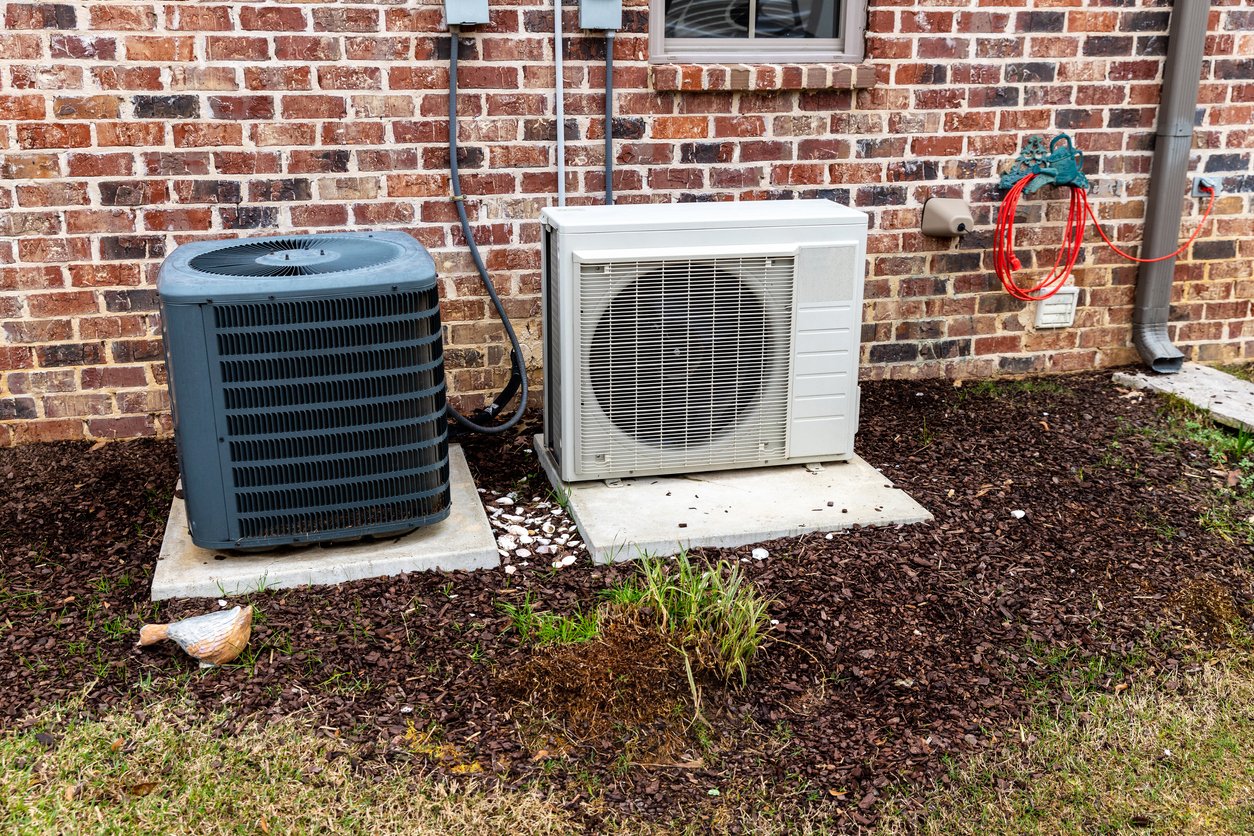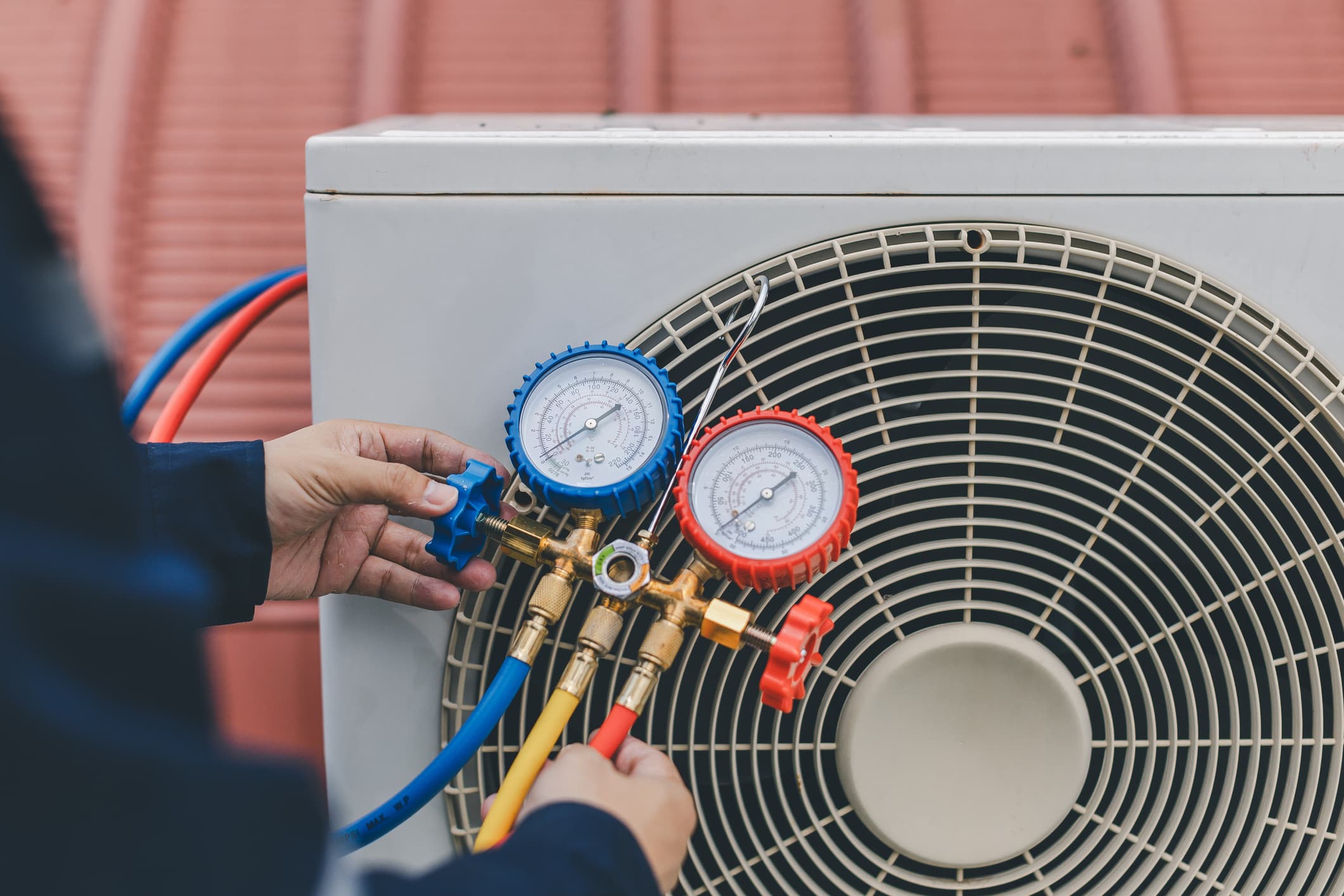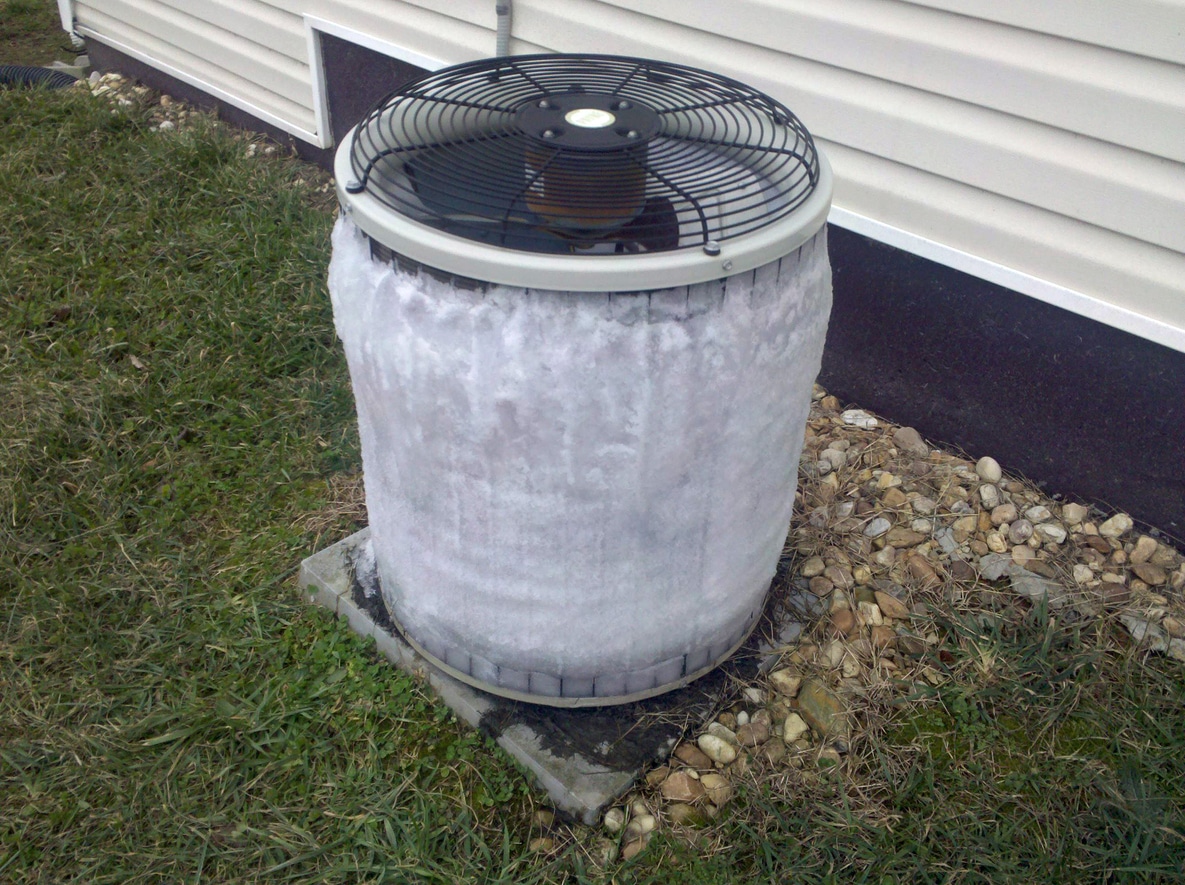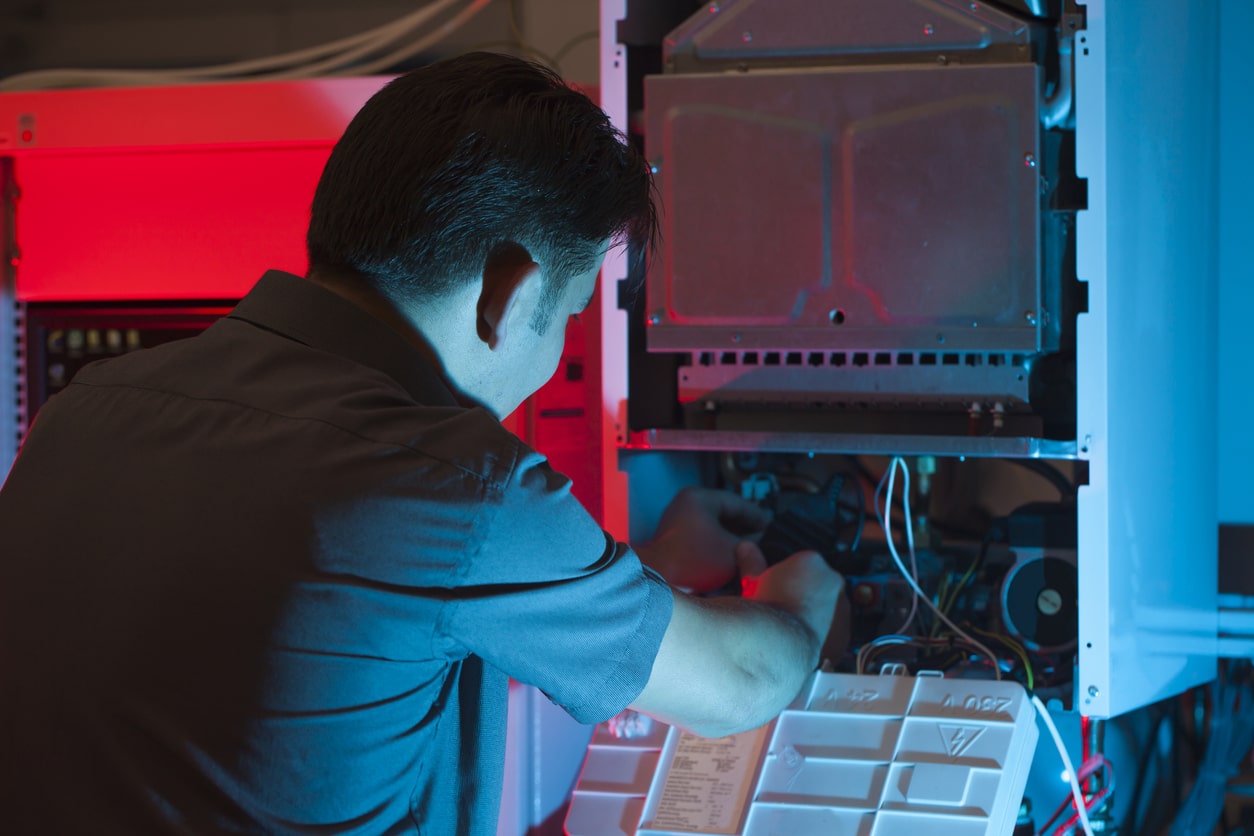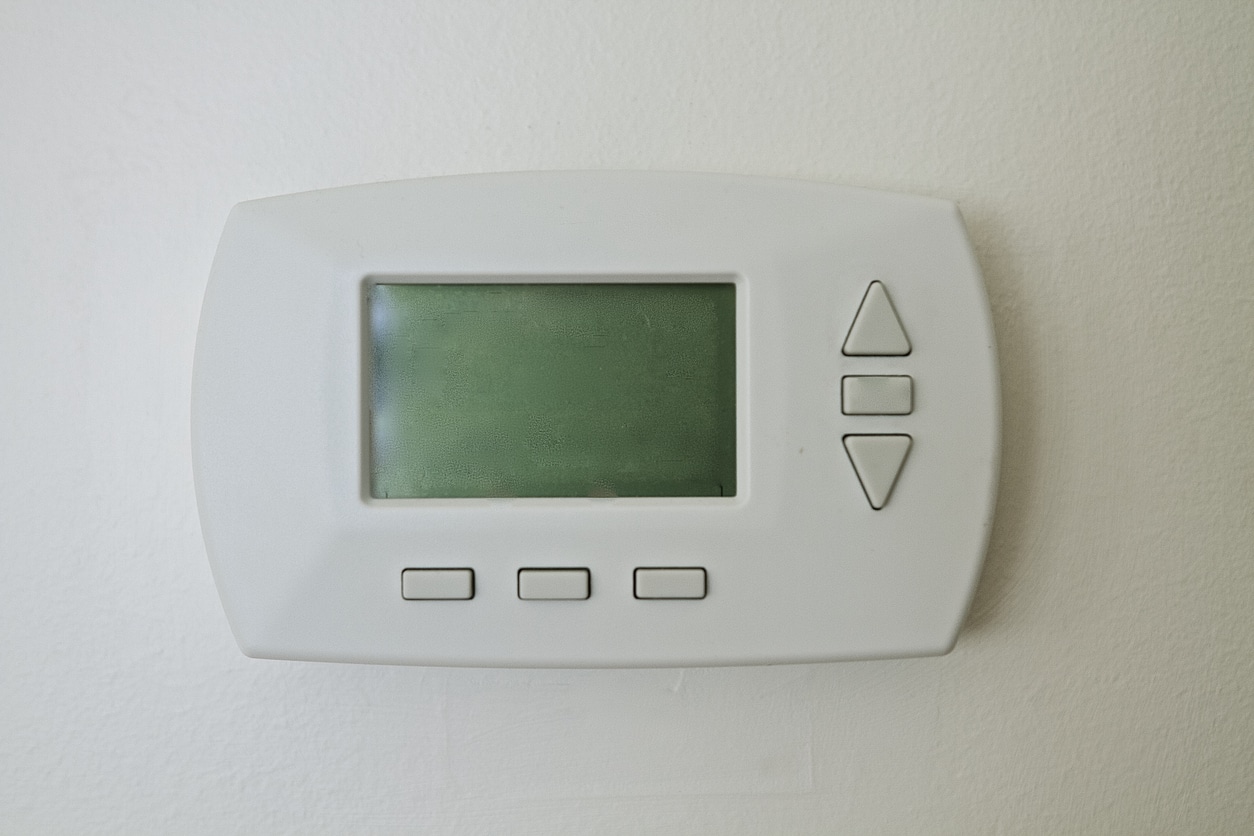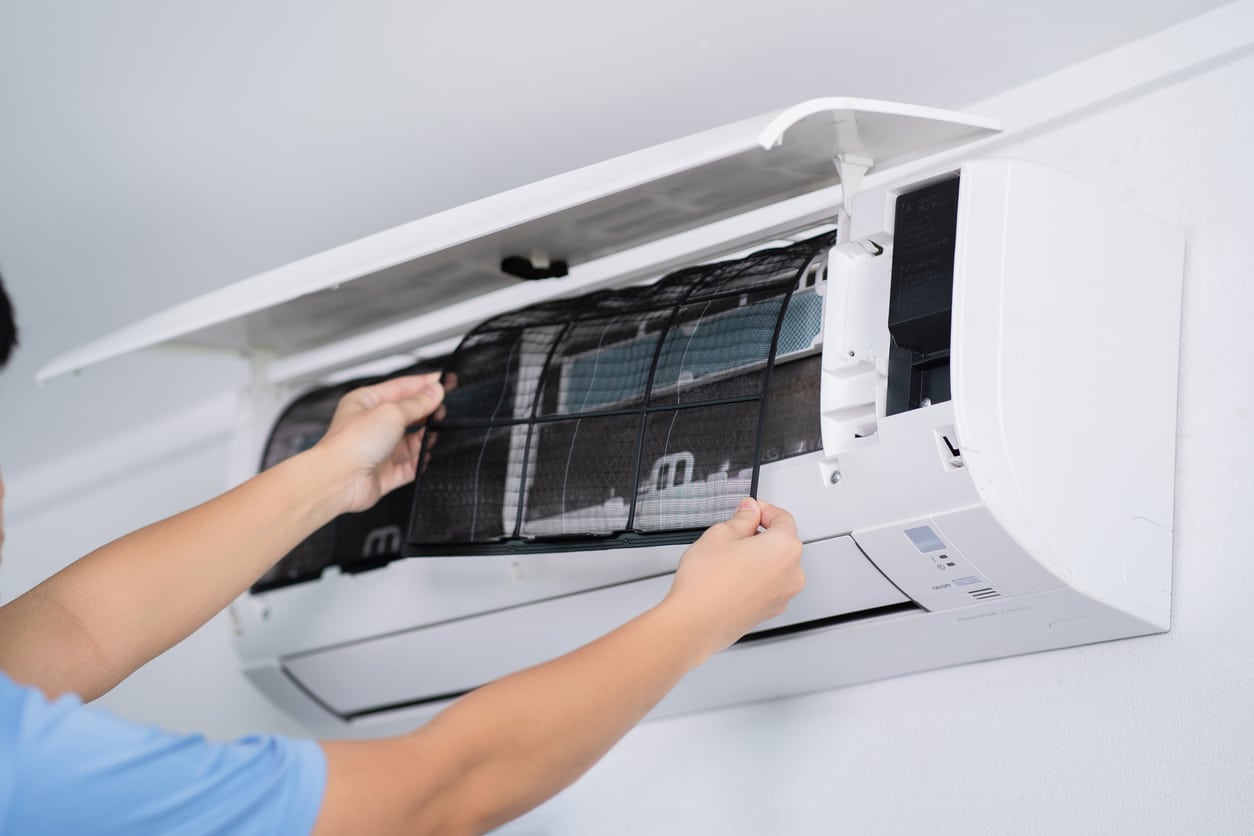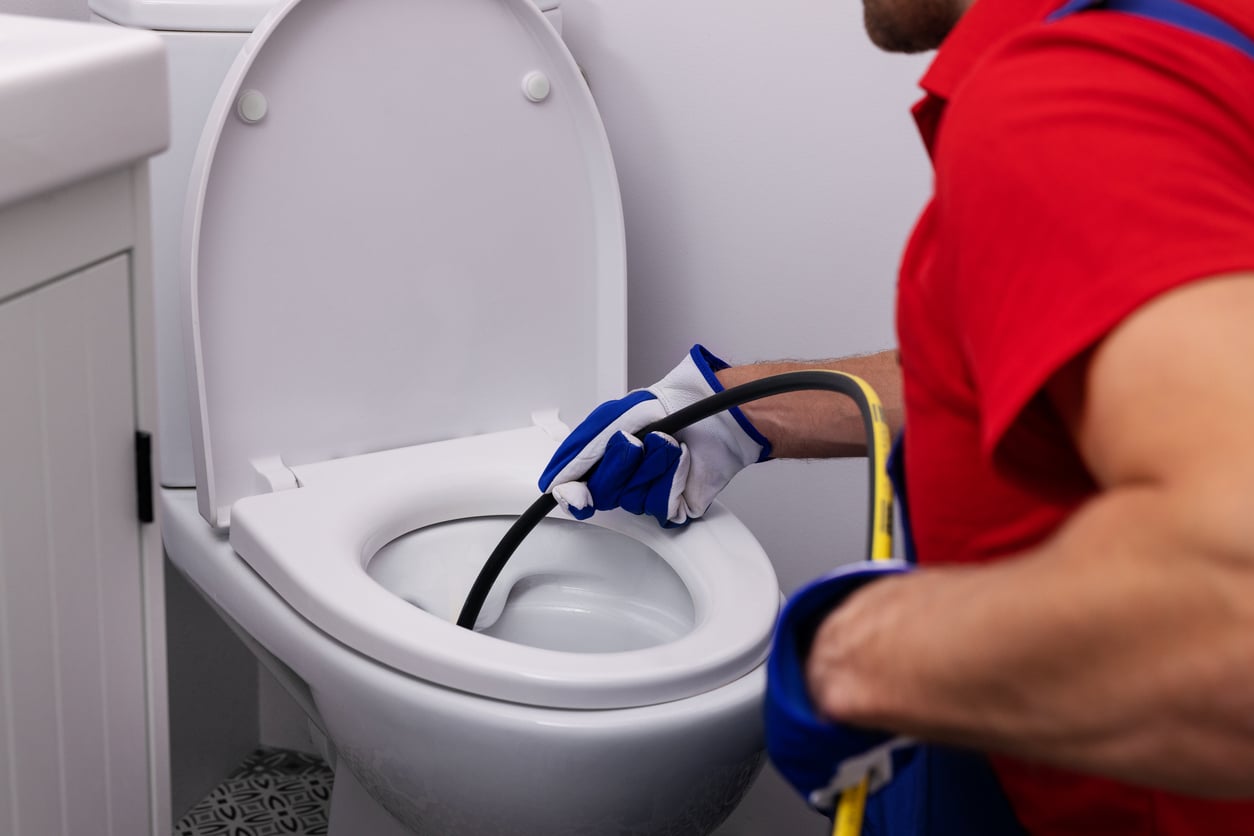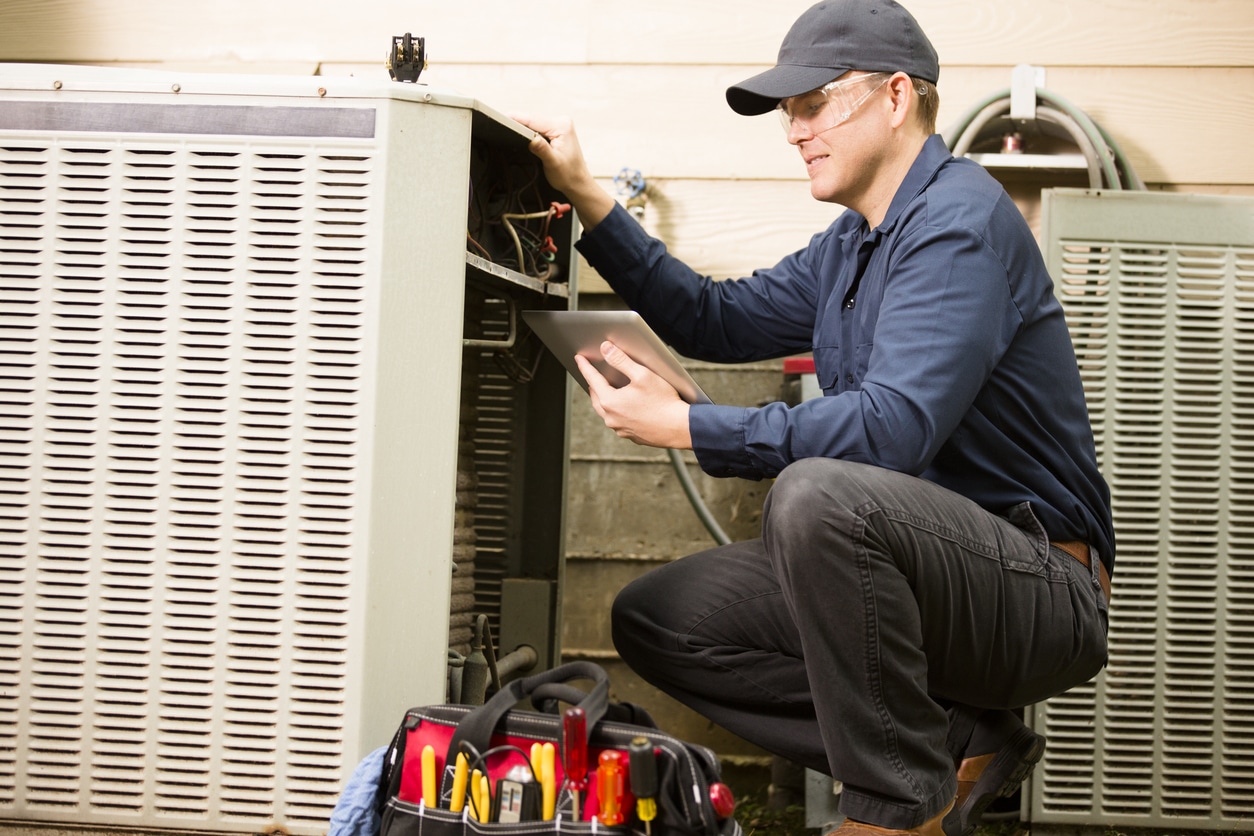Although ductless air conditioners have been around for years, they’re still surrounded by mystery. Most homeowners don’t understand how the systems work. Whether you’re considering a mini split AC installation in Dundalk or you have an inquisitive mind, you might wonder how the system works. Learn more about the way in which mini-split systems function and whether or not you should install one.
What is a Ductless Air Conditioner?
When you get down to the basics, a traditional HVAC system works the same way a ductless AC works. Both systems suck the warm air out of your home and then expel heat and moisture to the area around the exterior of your home. Despite that similarity, there are a few key differences in functionality.
The major difference is in the way in which each system delivers cold air. In a traditional duct system, the air travels through a maze of ducts and into the areas of your home with vents. However, a mini-split system only cools one room or space. They don’t rely on ducts to deliver the air, and this makes the system more efficient.
Because of their zone cooling, mini-split systems aren’t often used as whole-home cooling solutions. They’re more commonly used in additions and homes that have no existing ductwork.
The Components of a Mini-Split System
Although a mini-split system is relatively simple, there’s more to it than displacing warm air. Just as a traditional HVAC system has several components, so does a mini-split system.
It all starts with the blower/evaporator unit. As the indoor part of the system, this unit hangs in the wall of a room. Usually, it’s a thin unit that measures about three feet long. The unit sucks in warm air from your home and absorbs heat and moisture. Then, it blows out cold air.
The Conduit
As the cold air goes into the room, the unit sends the heat and moisture to the conduit. The conduit is an extended cable that connects with the exterior unit. Inside the conduit, there’s a power cable, refrigerant tubing, and condensate drain.
Thanks to the conduit, power goes to the indoor and outdoor units. It’s also the only way for moisture to travel outside.
The Condenser
Once the air goes through the condenser, it ends up in the condenser. This exterior component takes the air and releases it outside.
For the whole cooling process to occur, the system relies on refrigerant. Fortunately, you don’t need to know the ins and outs of your ductless mini-split system. If you have trouble with it, you can rely on your HVAC technician to handle it.
Connecting Mini-Splits
It’s worth mentioning that you can use a mini-split system to cool an entire home. Although one unit isn’t enough cooling for a home, multiple units provide enough cool air for a large home.
You can connect several mini splits to one condenser. As a result, you don’t need a maze of ductwork, but you still get cooling in every area of your home.
Advantages and Disadvantages of Ductless ACs
To truly understand how a ductless AC works, you need to know more about the advantages or disadvantages of an air conditioner. Here’s a closer look at the benefits and drawbacks of a ductless system:
The Advantages
If you have a ductless mini split, you get zone cooling. You don’t need to waste your energy on cooling an entire home when only one room is occupied. Furthermore, you can keep one room colder or warmer than the other. While you might want one bedroom to be 75 degrees, you have the option of keeping the other at 73 degrees.
Ductless ACs also save you money on energy bills. In traditional systems, between 20 and 30% of the cold air is wasted in duct leaks. Due to the absence of ducts, mini splits don’t have much waste. The zone cooling also makes it easier to be more energy-efficient and easier to maintain.
If you have an older home with no ductwork or a new addition to a home, installing ducts for an AC is costly. However, a ductless system allows you to have a more affordable installation. You can install an air conditioner without building any ducts, which saves you time and money.
The Disadvantages
While there are many benefits to mini splits, there are some disadvantages. For one, the units tend to cost more upfront than traditional AC systems. But this is only the cost of the unit itself. Once you factor in the expense of installing ducts, a ductless AC could be cheaper.
Another disadvantage is the appearance of the AC. If you walk into a home with a duct system, you won’t see the air conditioner inside the living space. It’s usually in an attic or basement. However, the ductless indoor unit goes inside the room you want to be cooled.
Nevertheless, a ductless unit is much sleeker than a window unit. It sits on your wall and doesn’t take away from your view outside. For aesthetic reasons, you may prefer this.
What to Expect for.a Ductless HVAC Installation
If you plan on having a technician install a ductless mini split, you might be wondering what to expect. The lack of ductwork makes the process fast and easy. Once you pick out the model you want and show the installer which room it goes in, they can get to work.
On average, the installation takes one or two days. The indoor unit sits on a mounting frame, so the installer will screw the frame into the wall along with a hole for the conduit. If you need multiple units, the process takes more time than a single unit installation.
Regardless of your amount of units, you can enjoy a simple Installation. In only a short time, you could have a cool and energy-efficient home.
Call Us for Mini Split AC Installation
If you’re interested in a mini split AC installation in Dundalk, give us a call at
Reliability Home Services. Our experts can answer all your questions and schedule your appointment. Call us now and be one step closer to your new AC.

